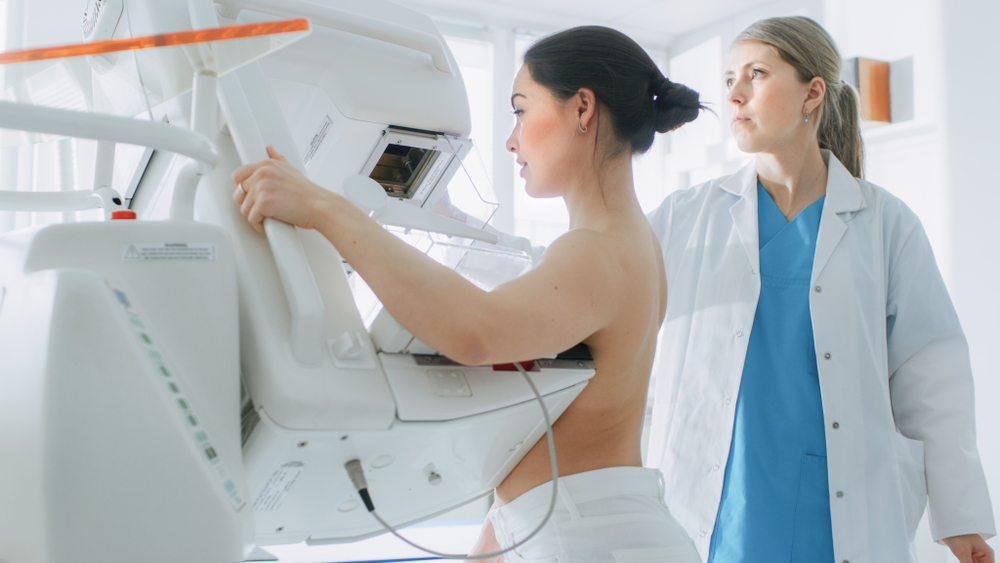If your doctor has recommended breast Magnetic Resonance Imaging (MRI), you may wonder what it is all about. If you have a history of breast cancer or have dense breast tissue, your doctor may recommend a breast MRI to evaluate your breast further. It is also recommended when you have recently been diagnosed with breast cancer. That’s why breast cancer centers use MagView’s Patient & mammography tracking software to monitor your breast health condition.
Breast MRIs demonstrate the most accurate disease extent of any breast imaging modalities. It can also identify the spread of cancer that has been biopsied by checking if it’s more than a quadrant and whether the nipple and chest wall are affected. That means an MRI can help surgeons know whether a mastectomy or lumpectomy should be planned.
What is Breast MRI?
A breast MRI is a type of imaging test that uses radio waves, a giant magnet, and a computer to produce detailed images of breast tissues. Unlike mammograms, breast MRIs don’t use X-rays. Your doctor may suggest you get a breast MRI mainly to screen you if you are at high risk of developing breast cancer. That’s why we recommend using our breast cancer risk calculator to assess your risk.
Women with dense breasts may require MRIs as mammograms may not clearly detect cancer. A doctor may also suggest getting an MRI to evaluate the extent of cancer in people who are newly diagnosed with breast cancer. The nurse may inject a contrast dye during the test to help the radiologist see normal and abnormal structures in your breast.
Benefits of Breast MRI
Breast MRI has many benefits, including:
- Can help provide accurate results for people with dense breast
- Helps save lives through early breast cancer detection
- Showing the accurate extent of cancer in the breast
- Can help surgeons determine whether to perform a lumpectomy or mastectomy.
Who Should Have a Breast MRI?
While mammograms do a great job of giving helpful information to doctors, MRI helps improve where mammograms fail. For instance, MRI provides more information, such as how big the cancer is and which parts of the body it has touched. Breast MRIs are recommended in women at high risk of developing breast cancer. It’s important to understand that MRI is not for all women as it can be more expensive than other methods. Experts recommend that women at high risk take a breast MRI and mammogram annually.
What Type of Results Do You Get from a Rest MRI?
The results you get depend on the reason for your MRI. Your MRI report might look different if you got your MRI for diagnostic, screening, or cancer evaluation. Your doctor will discuss the results with you and recommend the next course of action.
Breast MRI vs Mammogram
A mammogram is the first option your doctor recommends for diagnosis and screening of breast cancer. Mammograms are recommended because they’re the only imaging test able to reliably identify microcalcifications. Mammograms use X-rays, while an MRI doesn’t use X-rays. Mammograms compress your breast, while MRIs do not. Mammograms don’t use dye, while MRIs use contrast dyes.
Breast MRIs are a great way of detecting, diagnosing, and evaluating cancer in women. If your doctor recommends it, don’t hesitate to take one. If you have any concerns about taking your MRI or need more information, contact us today or check our resources section.

























![monitoring breast density shutterstock_1299510538-[Converted]](https://magview.com/wp-content/uploads/2023/05/shutterstock_1299510538-Converted.jpg)





















